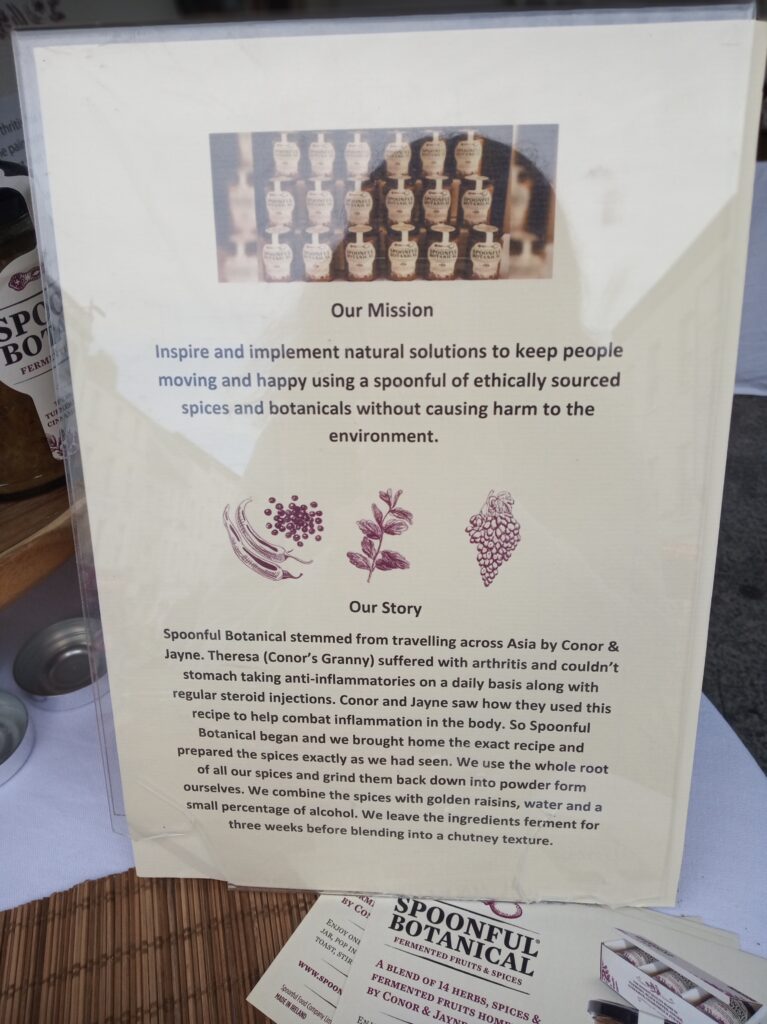http://21 Superfoods for the Elderly: The Top 21 Superfoods in Every Elderly Diet to Keep Them Healthy and Strong
Eating a healthy, well-balanced diet is essential throughout all stages of life. However, seniors with diabetes are more likely to suffer from nutritional deficiencies, especially in the vitamins B1, B12, C and D and folate, calcium, zinc and magnesium.
Warning signs such as a weight loss or gain of more than 10 pounds in six months, can indicate that your loved one is not eating properly.
To ensure your family member with diabetes is receiving the best nutrition possible, bear in mind that dietary considerations change with age. In particular:
Older adults generally need 20-to-30% fewer calories than they did when they were younger and more active.
My grandmother Hannah Mc Carthy ate a lot less food as she got older.I remember she used to love boiled bacon and cabbage and spuds!
She used to make homemade brown bread and us children loved it especially with homemade blackberry jam!
She was a very attractive women when she was young my mother told me she had long red hair!She always had it tied back in a braid!
She was slim and fit always and I cant remember her ever being overweight!
She was my favourite grandmother and I always remember her and those orange lilies below in the picture that I grew in pots in my garden were her favourite flowers!

Protein should account for 10-to-20% of caloric intake. Individuals who have an infection, wounds that are healing or other health stresses may need to eat greater amounts of protein and calories.
When it comes to carbohydrates, the total amount is more important than the source. Foods that contain sugar can substitute for other carbohydrates in the meal plan.
To decide how much fat an individual can eat, their dietician will weigh the risk of heart disease against the risk of malnutrition. If a low-cholesterol diet is recommended, the restrictions should be limited.
Too much fiber for people who are bedridden or dehydrated can lead to serious digestive problems.
Sodium restrictions should be carefully evaluated. Older adults tend to have reduced taste perceptions, so if their foods do not contain enough salt, they may not eat enough and become malnourished.
The alcohol limits recommended for younger individuals with diabetes do not necessarily apply to seniors, as alcohol tolerance tends to decrease with age. To maintain optimal glucose levels, alcohol use may need to be significantly restricted or eliminated.
If your loved one cannot meet their nutritional needs with a normal solid food diet, then pureed foods and/or supplements may need to be added to the meal plan.
If your family member with diabetes lives alone, consider preparing and freezing a week’s supply of balanced, portion-controlled meals that can be reheated as needed.
For individuals who do their own grocery shopping, make a shopping list that includes the basics they’ll need for several days’ worth of meals. If they are on a restricted diet, this list can also remind them to choose low-fat or low-salt versions of their favorite foods.
Meal Plans For An Elderly Person With Diabetes
Step 1
Elderly people do not always respond well to huge changes in their lives, especially in diets. Introduce new dishes slowly. Try to find healthy alternatives to cooking their favorite foods. Consider baking a chicken instead of frying it, lacing vegetables with healthy olive oil instead of butter, or baking with artificial sweeteners—whose sugar substitute cannot be digested by the body and, therefore, don’t add to daily sugar intake.
Step 2
Find out what medications the person is taking and when he/she takes each pill. Diabetic meal plans must balance the food eaten with the daily medicines to maintain proper insulin levels. Be sure to note other medications, such as those for high blood pressure or pain, that may counteract with various food and timing of meals.
Step 3
Learn the diabetes food pyramid, which provides recommended daily serving sizes for each food group. Mix and match the senior’s favorites based on the best portions for diabetes control. The minimum daily recommendations would provide about 1,600 calories per day. Depending on the activity level of the elderly person,he/ she should eat about 1,800 to 2,200 calories each day to maintain a proper weight.
Step 4
Involve the senior in shopping and meal preparation as much as possible . Being active plays a large role in managing diabetes symptoms. Even small steps taken daily can help to keep insulin levels low and increase the person’s quality of life.
Standard Diabetes Diet For The Elderly
Although there’s no one-size-fits-all diet. Around 45 percent to 65 percent of total daily calories should come from carbohydrates, but not just any old carbohydrate — the best options are high in fiber. Another 25 percent to 35 percent of daily calories can come from fat, mostly of the monounsaturated and polyunsaturated variety.
The remainder of calories should come from protein,though this can vary based on a person’s health requirements. For example, a diabetic who’s also struggling with kidney disease will need to keep his protein intake to about 10 percent. Within these three groups, certain foods will help manage your diabetes better than others.
Managing Carbohydrates
Carbohydrates have the biggest impact on your blood sugar, making it the most influential macronutrient when it comes to controlling diabetes. All diabetics should eat at least 130 grams of carbohydrates a day . It is recommended choosing whole grains and nutrient-rich starchy vegetables for your carbohydrates.
Basic whole-grain options include oatmeal, popcorn, brown rice and whole-grain pasta. If eating bread, cereal or crackers, look at ingredient lists and choose one that has a whole grain — such as whole-wheat flour, oats or barley — as its first ingredient.
Top options for starchy vegetables include parsnips, pumpkin, green peas, squash, corn, beans and lentils. You should also eat three to five servings of nonstarchy vegetables per day; options include broccoli, brussels sprouts, cauliflower, celery and dark leafy greens.
Protein-Rich Foods and Fat
Although the right amount of protein can vary from person to person, protein-energy malnutrition — in which a person does not consume enough protein — is a problem in older diabetics, leading to significant weight loss, according to the 2009 review of studies published in “International Journal of Diabetes Mellitus.”
Talk to your doctor about the right amount of protein for your health conditions, and then stock up on healthy, protein-rich foods such as fish, skinless chicken or turkey, nonfat or low-fat dairy products and legumes. Additionally, some fat is needed for healthy body function; choose monounsaturated options such as olive oil, nuts and avocados and polyunsaturated fats such as fish, flaxseed and walnuts.
For more great Health and Nutrition Tips refer to the website positivehealthwellness.com.
Exceptions for the Elderly
Because an elderly person struggling with diabetes might also have other health concerns to deal with, such as constipation, dementia, heart disease or a poor appetite, it is recommended making some exceptions to a typical diabetes diet.
For example, full-fat dairy products might not be on the list of basic foods for elderly diabetics, but it might help an elderly patient retain body weight and strength. Along the same lines, if a small amount of sugar helps someone eat more nutritious foods, it is recommended as an option.
If you have any information,questions, or feedback you would like to include in this post.
Please email momo19@diabetessupportsite.com or leave your comments below.


























































1.http://The Glycemic-Load Diet: A powerful new program for losing weight and reversing insulin resistance
2. http://The Glycemic-Load Diet Cookbook: 150 Recipes to Help You Lose Weight and Reverse Insulin Resistance
3.http://The G.I. Handbook: How the Glycemic Index Works